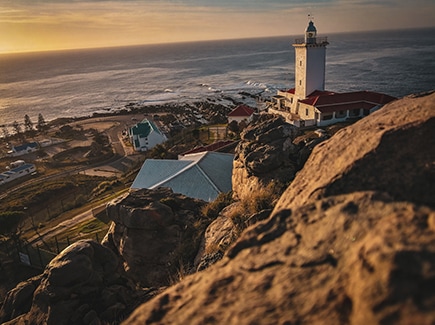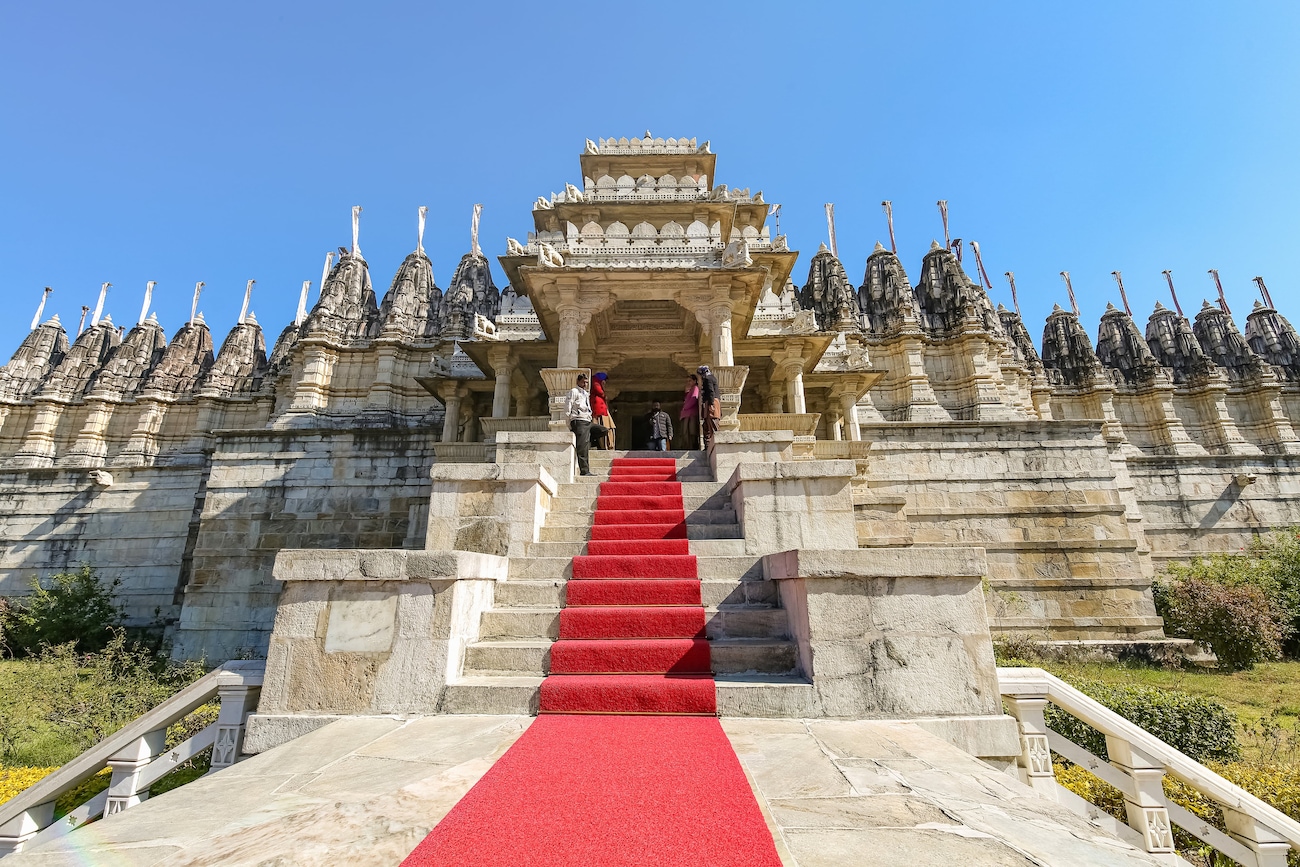An ancient religion that is distinctive in every right is Jainism. In India, believers of Jain Dharma have been known for their peace-loving and benevolent nature. This is primarily because of the five main vows that the most dedicated Jains take, namely, ahimsa (non-violence), anekantavada (non-absolute), aparigraha (non-attachment), and asceticism. Jains have developed a number of temples all over the country and the Dilwara Temples are one of the most revered ones. These Jain temples are situated less than 2.5 km from the city of Mount Abu. A delight for tourists who come to relax and unwind at this hill station, Mount Abu tourism is always flourishing at it happens to be the only mountainous region in the desert state. Visiting these famous temples in Mount Abu should be on the itinerary of your next trip to this unique travel destination. Not only will you get to learn a lot about the Jain culture and way of life but also appreciate the sheer genius behind the construction of these temples. After the pandemic situation, having a splendid vacation in a new city is what all of us need! So, here are some of the details that will help you plan your trip to Dilwara Jain Temples in Mount Abu:
Architecture
Finesse is the word that springs to mind when you think of these Jain temples in Mount Abu. While some travellers describe it as extraordinary craftsmanship, others are simply out of words! Now, you might feel that most Indian temples are bound to amaze you on your travel expeditions, but the unique feature of Dilwara Jain Temples is that the entire complex is constructed to depict a collection of manuscripts. There are five main temples each having 48 pillars showcasing dancing female figurines. The history of Dilwara Temples dates to the tenth century when Vimal Shah began construction of the first temple in this complex. By the sixteenth century, all five temples were standing tall adorned with white marble carvings. Mentioned below are architectural details of all the five Jain temples:
Vimal Vasahi Temple
The first Dilwara temple was built by Vimal Shah who was a minister of Bima I in the Chalukya kingdom. Dedicated to Lord Rishabha, this white marble temple is known for its open courtyard, carved corridors, and awe-inspiring mandaps. When you visit this temple on your vacation in Mount Abu do not overlook the ceilings that have lotus buds, petals, and Jain mythological scenes carved very intricately.
Luna Vasahi Temple
A question that a lot of tourists tend to ask while exploring this temple in Dilwara is - Luna Vasahi Temple was built by which dynasty? This is mainly due to the fact that Vaghela rulers had a short reign and not a lot can be found about them except this beautiful temple which was constructed by two Jain ministers of this kingdom. Although the architecture is similar to Vimal Vasahi Temple the main difference can be observed in its main hall or rang mandap. Carvings can be seen on the central dome showcasing 72 Tirthankars in a sitting position and 360 Jain monks.
Pittalhar Temple
Also known as Adinatha Temple, this is the third pilgrim spot for Jains in Dilwara, Mount Abu. This temple was constructed by Bhima Shah, a minister of Sultan Begada of Ahmedabad between 1316 and 1432 A.D. The main attraction of this temple is a huge metal statue of the first Tirthankara, Rishabha Dev or Adinath. Besides this, there are 107 images inside the shrine that tourists can still observe easily.
Shri Parshvanatha Temple
Reputed to be the tallest temple in the complex, it is a three-storey monument with big mandapas on all four sides. The temple is dedicated to Lord Pashvanatha and its construction took place in 1458 by Sangvi Malik. This Dilwara Temple has various idols, carvings, and paintings installed on all three floors. The most popular one among Jain tourists is the painting that depicts 14 dreams of the mother of Tirthankaras right before giving birth.
Shri Mahaveer Swami Temple
As the name suggests, this temple was constructed to worship Lord Mahavir. As compared to other temples, this one is small in size. However, the carvings of flowers, pigeons, court scenes, dancing figurines, etc., will surely make it worth your while. Following all protocols related to COVID-19 social distancing at these temples is mandatory.
Location and Timings
These Mount Abu temples are located in a small and quaint village called Dilwara. It is situated less than 3 km from the hill station of Mount Abu, so booking a private taxi or renting a car should not be a challenge for tourists. It would be wise to make the bookings ahead of time as these temples are highly popular all year round. In fact, you should speak to your hotel’s concierge as they will guide you through the process in the correct manner. The timings of Dilwara temples for the general public is between 12 pm and 6 pm every day. However, Jain tourists do not have to look at the time as they can visit their holy temples as and when they like! It is important to note that Jain devotees planning to perform a ritual at any of these temples should bathe in advance. Mobiles and cameras cannot be used inside any of the Dilwara temples in Mount Abu. Moreover, wearing clothes like skirts or shorts that fall above the knees is strictly prohibited.
Places to Visit Nearby
A Mount Abu tour package that offers you a trip with a solid itinerary should be chosen. This will ensure that you visit the most popular in and around the Dilwara Temples on your vacation. The following four places can be explored while staying in Mount Abu:
Nakki Lake
Did you know that Mount Abu has the largest man-made lake in India? That’s right! Nakki Lake is 11,000 m deep and works as a serene backdrop for a peaceful afternoon picnic with your friends or family.
Mount Abu Wildlife Sanctuary
Getting to know the flora and fauna can be done by visiting this wildlife sanctuary. Set on the highest peak in Rajasthan, Guru Shikhar, this is the perfect tourist spot for people from all age groups. If you are lucky enough, then spotting an Indian leopard, sloth bear, Sambar deer or a striped hyena might be possible here.
Achalgarh Fort
Located 8 km from Mount Abu, this fort is a medieval monument that should be on your itinerary. Built by Maharana Kumbha in 1452 CE, the main purpose of this fortress was to keep an eye on the enemies. Besides the Dilwara Temple complex, there are Jain temples constructed inside this fort as well. It is open to the public all days of the week between 10 am to 5 pm.
Mount Abu Bazaar
Buying Rajasthani clothing and footwear can be easily done at Mount Abu Bazaar. Moreover, you can also purchase authentic handicrafts from the Government Handicrafts Emporium situated inside this market. Street food stalls selling mouth-watering local delicacies should also be on your to-do list upon exploring this local market.
Best Time to Visit
Dilwara temples’ images on the internet can tell you a lot about the weather that is right for your visit. Although Mount Abu and its surrounding areas are pleasant due to the naturally blessed climatic conditions, the summer months can get a little hot. Keeping this in mind, it would be best to plan your vacation between November and March when you can truly appreciate the weather at this hill station.
Excited to explore Dilwara Temples on your next vacation to Mount Abu? Stop procrastinating and plan your trip right away!

























































Post your Comment
Please let us know your thoughts on this story by leaving a comment.